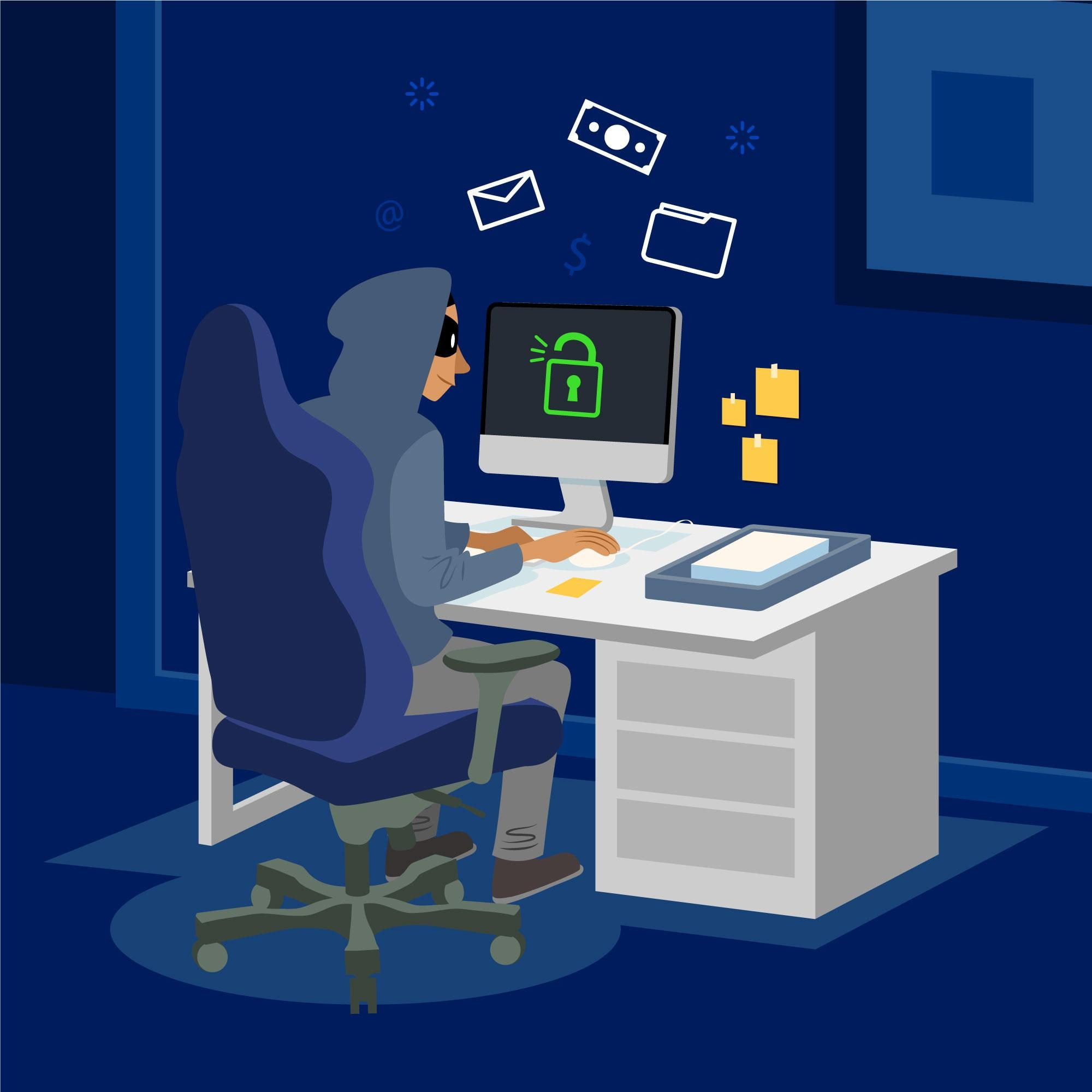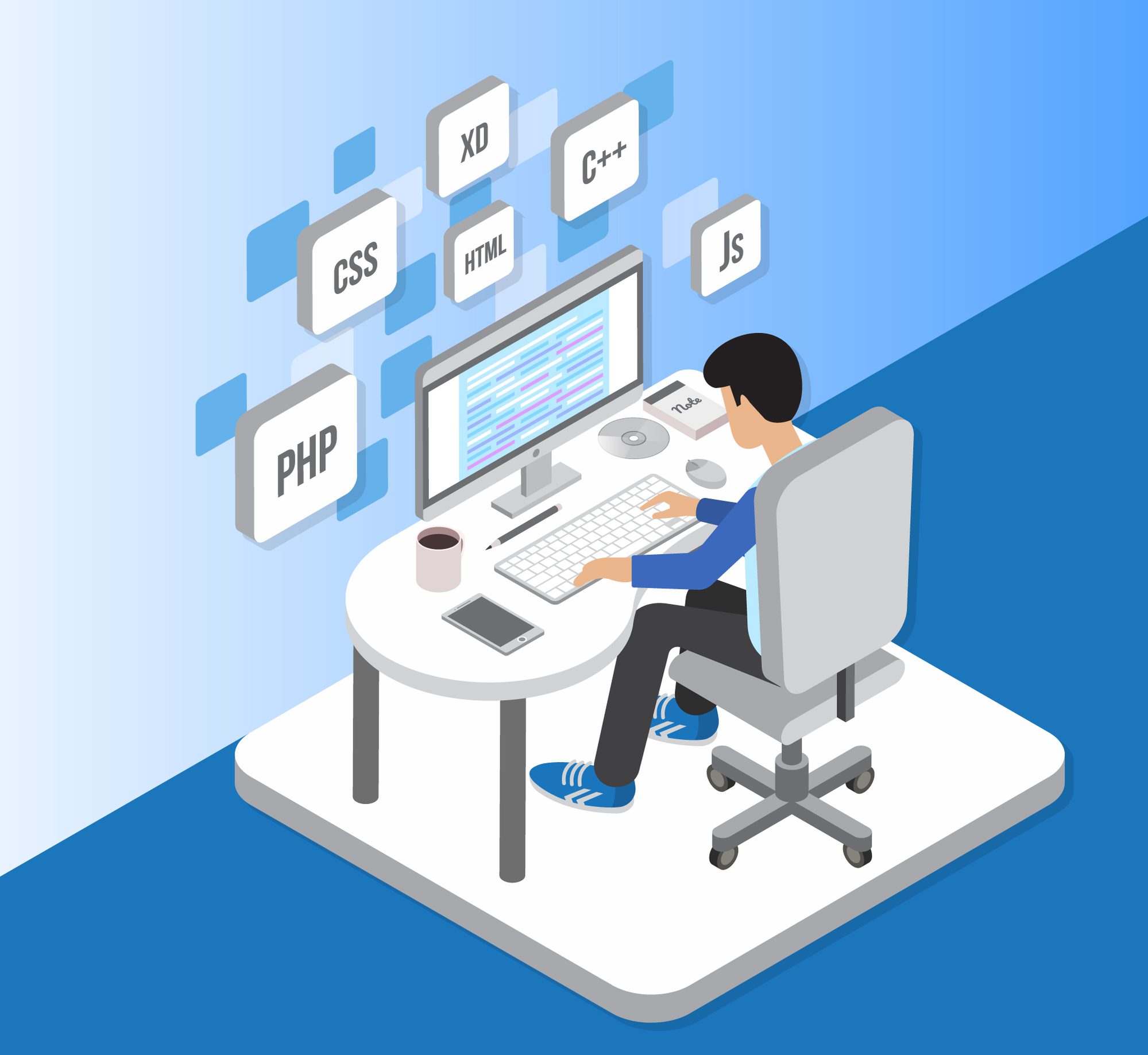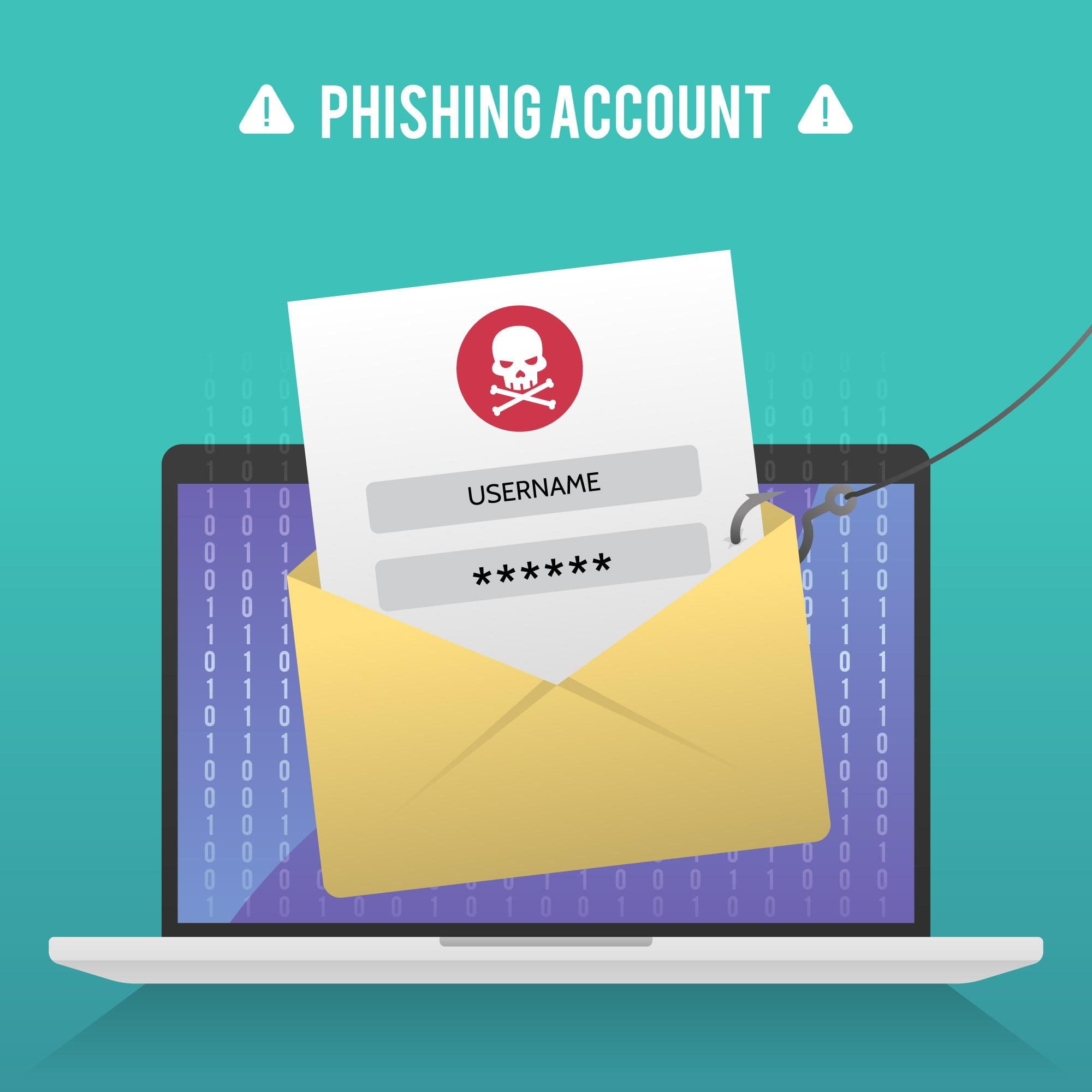Introduction
AnyDesk software is a remote desktop solution popular among users, facilitating remote work, trouble-shooting and tech support in today’s digital era. Nevertheless, as with other technologies, AnyDesk has also become a target for scams. There are more incidences of AnyDesk frauds which pose significant risk to both individuals and firms. This article explores the way such scams happen, how one can recognize them and most importantly what steps one should take to avoid being caught up.
Thank you for reading this post, don't forget to subscribe!What is AnyDesk?
Explanation of AnyDesk as a Remote Desktop Software
Anydesk is a powerful remote desktop application that was designed to enable secure and reliable access to computers from distant locations. It allows users to connect remotely and control another computer via the internet from any location. The software is known for its great performance, low latency and ease of use hence users prefer it for their personal or business reasons.
Using AnyDesk ID—a unique identifier created for each user—AnyDesk establishes a connection between local and remote computers. When connected, they can interact with the desktop on the screen just like if they were sitting before it. The app supports different operating systems including Windows, Linux, macOS Android iOS that makes it convenient for various types of customers.
Common Legitimate Uses of AnyDesk
Remote Technical Support: The most popular use of AnyDesk is for remote technical support where IT professionals and support teams diagnose and fix client computer issues without being physically present. Time and resources are saved through this capability thus making technical support more efficient.
Remote Work and Collaboration: AnyDesk has now become a must-have tool in businesses due to the emergence of remote work. As such, employees can access their office computers from home for an uninterrupted flow of work while teams can also collaborate on projects in real time, share files and communicate better.

How AnyDesk Scams Work
Overview of the AnyDesk Scams Process
AnyDesk scams are a type of fraud that takes advantage of the features of AnyDesk application which allows them to gain unauthorized access to another person’s computer and confidential files. These scams typically follow a similar process:
Initial Contact: Scammers make initial contact with victims through phishing emails, phone calls or messages; they may purport to be legitimate organizations around like tech support, banks or online retailers.
Creating Urgency: The scammers create a sense of urgency or fear convincing that immediate action is required to resolve serious issue like virus infection, compromised account or urgent financial problem should be taken immediately.
Detailed Explanation of Different Types of AnyDesk Scams
- Tech Support Scams
Scammers pretend to be representatives of famous companies like Microsoft, Apple or major antivirus providers in tech support scams. They reach out to the target claiming that their PC was infected with malware or it is necessitated being fixed immediately due to critical errors. The victim is guided to install AnyDesk for the “technician” to iron out the problem. This access-passage enables the scammer steal data, install malicious software or demand payment for unnecessary repairs.

- Financial Institution Scams
Fraudsters in these scams impersonate bank or financial institution representatives. It is stated that there has been suspicious activity noticed on the victim’s account and immediate steps need to be taken to prevent it from happening in future. To “secure” their account, they are required by the victim to download AnyDesk.However, this will at last give chance for scammers’ entry into banking information hence enabling them make unauthorized transactions or steal personal information.
- Refund Scams
Refund scams involve scammers pretending that they belong to a company that owes money such as an online retailer or a subscription service. They communicate with the victim stating about overpayment made or requesting a refund. The scammer would ask the victim to download anydesk app so as facilitate him/her process refunding. Once accessed by a scammer, one can also manipulate the bank accounts of victims and steal his/her details;
Common Tactics Used by Scammers
Phishing Emails and Messages
Phishing emails and messages are the methods that scam artists widely use to start conversations with potential victims. They are fake messages which they make appear legitimate, having allegedly come from authentic sources such as banks, tech firms or online stores. This is how they typically happen:

• Spoofed Email Addresses and URLs: Scammers create email addresses and URLs that closely resemble those of legitimate organizations. For instance, they might use “support@micros0ft.com” instead of “support@microsoft.com.”
• Convincing Content: The content of phishing emails is crafted to sound authentic and urgent. These emails might claim that there is a problem with your account, an unusual login attempt, or a pending refund that requires immediate action.
Fake Technical Support Calls
Fake technical support calls are yet another common trick where fraudsters pretend to be genuine tech support agents. Such phone calls usually catch you off guard because you didn’t ask them to call you in the first place. Here’s how they generally operate:
• Impersonation of Trusted Companies: Scammers claim to be from well-known tech companies like Microsoft, Apple, or your internet service provider. Often times these people also resort to caller ID spoofing so as to give the impression that their calls come from reliable sources.
Social Engineering Tricks
To achieve their objectives, tricksters use many psychological techniques. Some of the most common types of social engineering:
• Generating Fear Thus Preventing Critical Thinking: For instance, they may allege that your account has been hacked and it needs to be protected urgently.
• Leveraging Trust: By masquerading as authoritative figures or representatives from reputable organizations, scammers gain trust. They can even employ this tactic to impersonate others with the help of personal data obtained from sites like Facebook.

Protecting Yourself from AnyDesk Scams
General Safety Tips
Be Wary of Unwanted Communications: Always be wary of unsolicited communications such as emails, messages or phone calls especially those that create urgency or require you to take immediate action.
Check the Source: If you get an email from someone who seems like a trusted source, find out whether it is authentic by contacting them directly through proper channels instead of using contact information available in scam communication.
Specific Steps to Take When Using AnyDesk Scams
Get from Official Sources: To be sure you have AnyDesk that is authentic, download it from its certified website or respected software stores. Avoid downloading programs from third party websites or clicking the links that are sent to you in spam emails.
Come up with a Password for Unattended Access: If you are going to use AnyDesk for unattended access, create a strong password. This way, if anybody tries to connect your device without your permission they will not be able to gain access.
Use Permission Settings: It is possible in AnyDesk to configure permission settings. Make sure that before starting a session, the remote user has been given only what she needs by granting only necessary permissions. For instance, one might decide not to allow certain applications or disable file transfer capabilities.
Confirm the Identity of the Remote User: Verify that you know who wants access on your computer before allowing them in it remotely. Therefore attempt to reach them through another method that is independent and trusted confirming their authenticity.
Real-Life Examples of AnyDesk Scams
Case Study 1: The Small Business Owner
John was called by someone who said he was an ISP technician who worked with his small business owner as well as got advice about network breach and ways of securing it quickly today by phone calls out of the blue like this one. He obeyed him and was asked to install Any Desk software followed by providing his ID so as to have his issue addressed by technician
John’s computer was hacked into by a fraudster who loaded up his machine with malicious software that enabled them to see everything he typed, including sensitive data like bank logins. John started observing some transactions for which he didn’t remember approving in his business accounts, leading to huge financial loss. It was hard and time-consuming for him to get the money back even after reporting to both his bank and the police about it.

Case Study 2: The Retiree
Sarah, a retired woman, got an email from her Internet Service Provider posing as such. The email claimed she had been overcharged on her account and gave her an opportunity for a refund. In order to enable this process of refunding, the message contained a link through which she could download AnyDesk. Intrigued by a desire to resolve this issue Sarah pressed on that link and installed AnyDesk. Before giving out her AnyDesk ID number when contacted by somebody acting like customer care officer of the company.
Through remote access, the scammer began navigating Sarah’s online banking platform and initiated numerous unauthorized transfers. By then Sarah realized that substantial money had already been stolen from her account. Somehow she managed to report it hence some transactions were frozen temporarily. Yet the process took so long and was very stressful too at times.
Lessons Learned from These Examples
Always confirm the identity of callers and email senders: ascertain whether the person requesting you to install software. Or give them remote access to your computer is actually who they say they are. By means of official contact details, make direct communication with the firm.
Be careful of strange messages: Be very mindful when dealing with unsolicited emails, messages and calls. That seem urgent or promising refunds, employment opportunities or technical support.
Only Install Software from Trusted Websites: Only download AnyDesk or other software from appropriate websites or app stores. Don’t click on links given in email messages from unidentified sources.
Use strong security measures: Use strong passwords that are unique for every account. You have and if possible activate two factor authentication where available for your accounts. Keep your software updated regularly and use reputable security tools to safeguard your systems.
Preventing AnyDesk Scams
Education and Awareness Initiatives
Improving Public Awareness
Public awareness campaigns should be initiated by governments and non-governmental organizations to sensitize people about the dangers of AnyDesk scams. These can include advertisements on TV, radio and social media. These platforms elucidating how these scams occur and how to prevent them.
Workshops and Seminars
Conducting seminars and workshops for various groups within a community – the elderly, small business owners. It would offer practical knowledge on detecting and preventing scams. Such sessions may be organized by cyber security experts as well as local police.
Educational Materials
The best way is to share pamphlets, brochures or online materials that provide detailed information. It should be possible for everyone to find this material easily on the internet in simple language.
Online Tutorials and Webinars
Creating and sharing online tutorials/webinars about AnyDesk would help people understand it better. These resources could have guidelines in steps, videos illustrating actions performed therein. Interactive Q & A sessions led by cybersecurity professionals among other things.

Role of Companies and Service Providers
Improved Security Features
To this end, companies like AnyDesk should enhance their security features. For example, they can adopt two-factor authentication to ensure that remote sessions are only accessible to authorized users.
User Authentication & Warnings
More so, introducing additional steps for user identification in requesting remote access will add a layer of security. Another technique is sending alerts to users when their AnyDesk ID is being used in real time that would help them.
Conclusion
In Conclusion, AnyDesk scams are a major menace exploiting the accessibility of remotely controlled technology to fool unsuspecting people. These scams commonly involve sophisticated techniques such as phishing emails, bogus tech support calls, and social engineering tactics.
To counter this growing evil, individuals must be knowledgeable and watchful. Knowing the mechanisms of AnyDesk scams, being able to identify common fraudulent techniques. And taking steps to secure remote access can go a long way in reducing exposure to such cons. These are some of the ways that safety online could be achieved.
In the end, one has to safeguard oneself against AnyDesk scams by being skeptical, verifying information and continually educating themselves. If we instill a culture of cyber security consciousness as well as maximize on the built-in security. That comes with remote access tools such as anydesk; there is hope of containing these scams. Vigilance, knowledge and giving priority to your digital rights are three key from which you should adopt. In order not to have your personal or professional data compromised by AnyDesk Scams.



